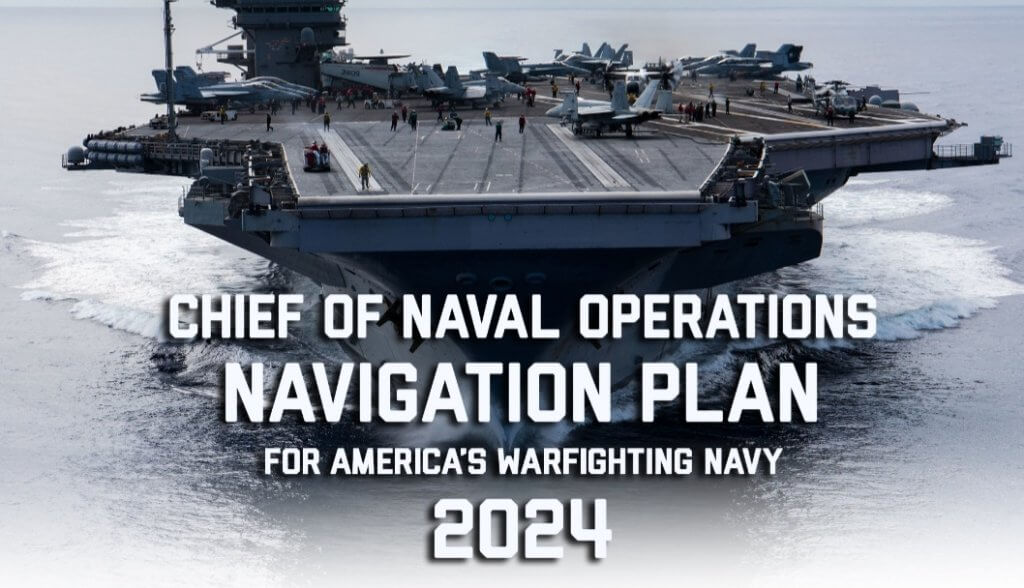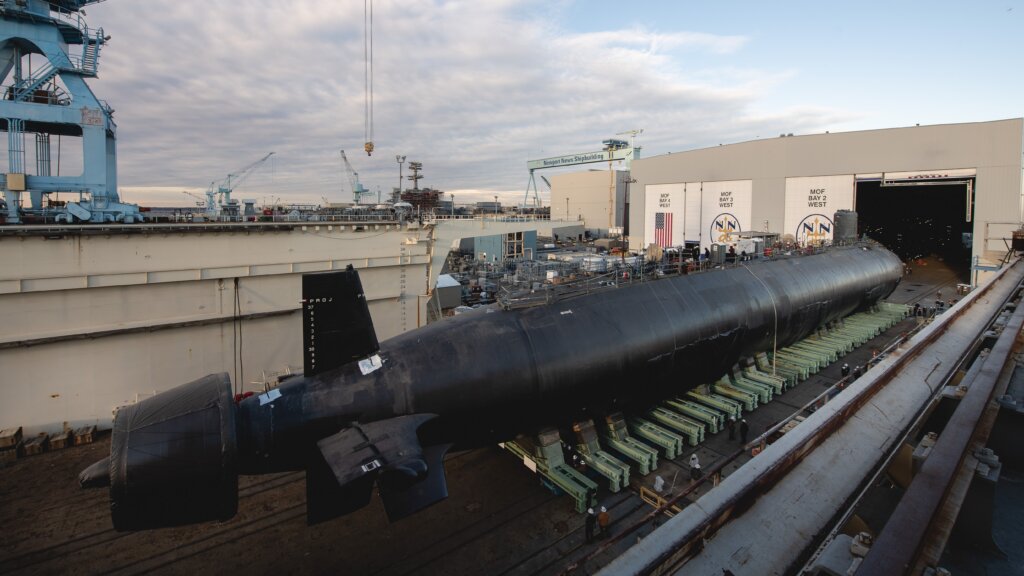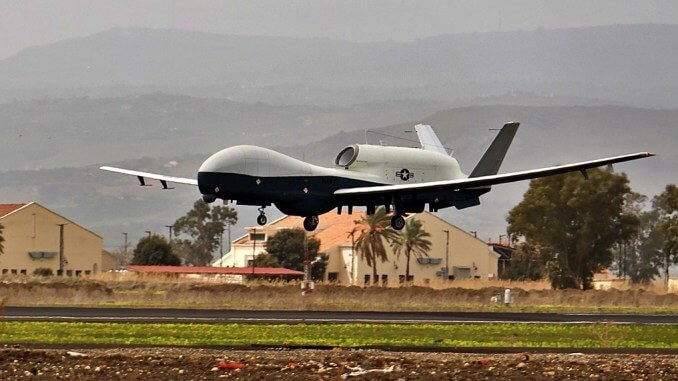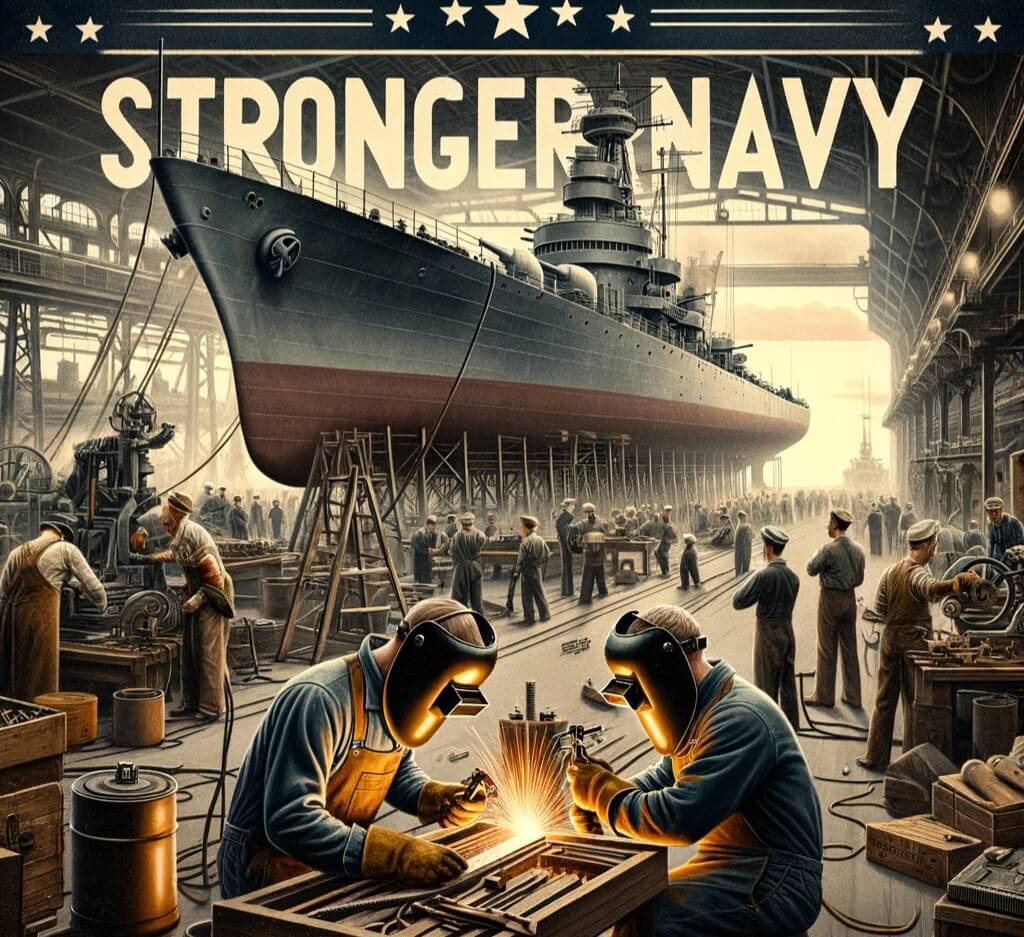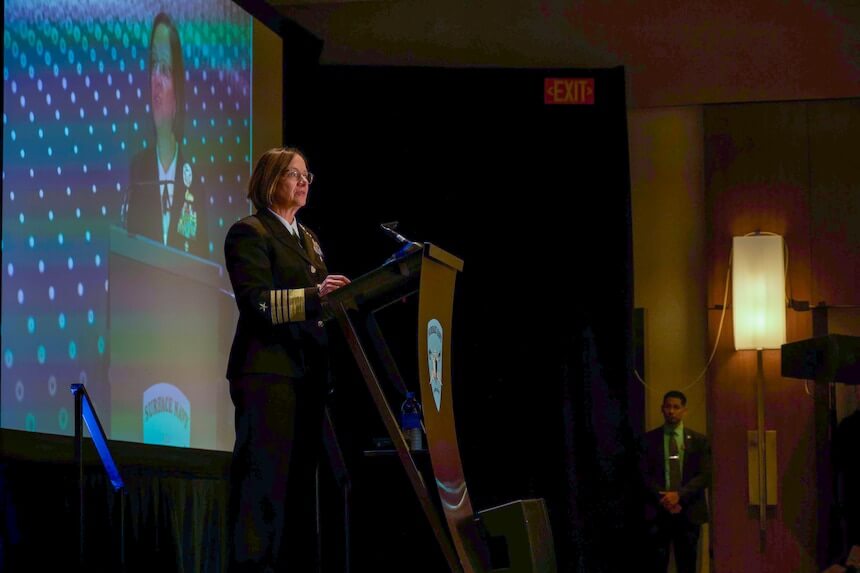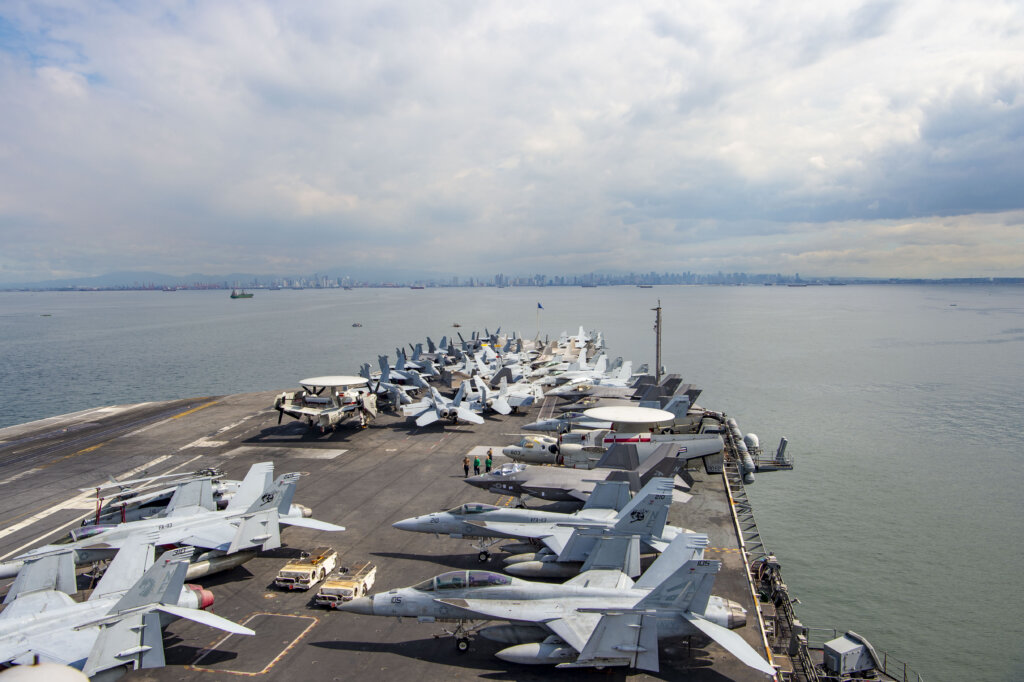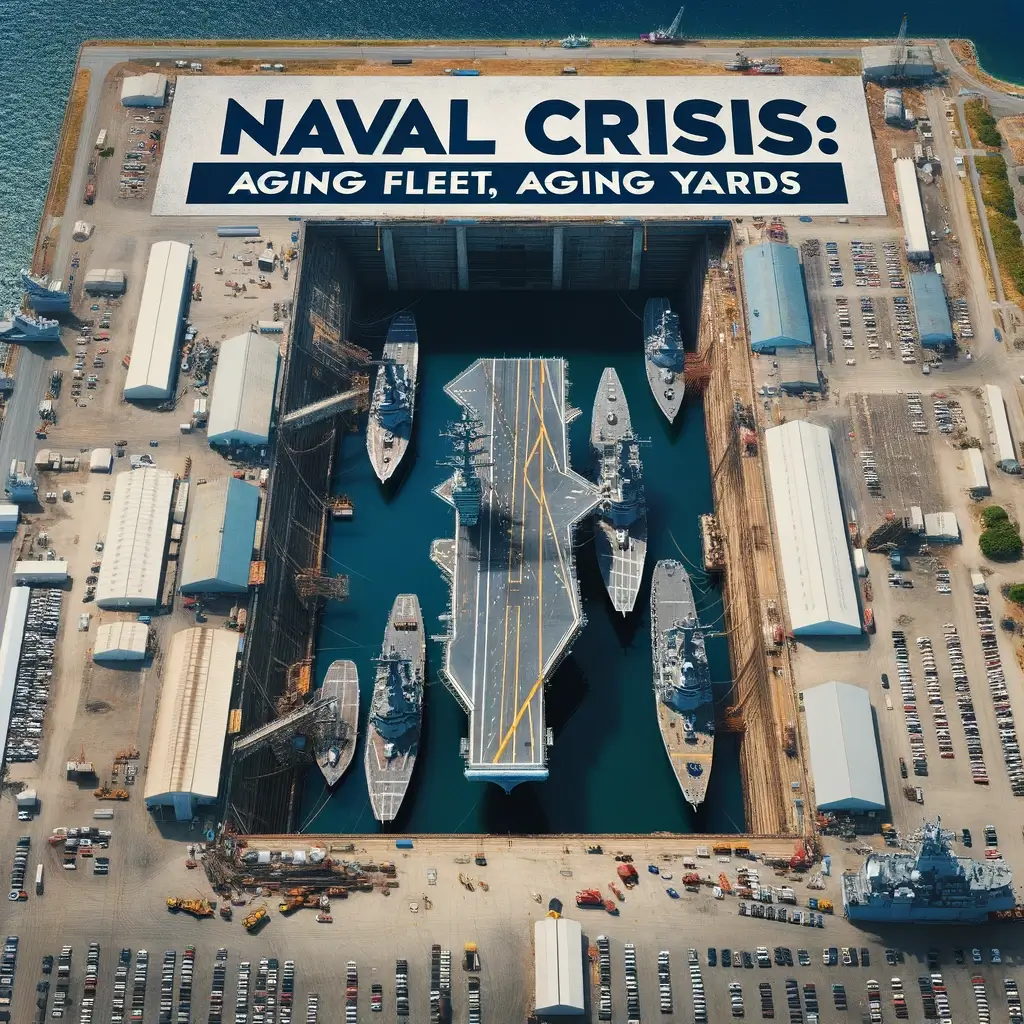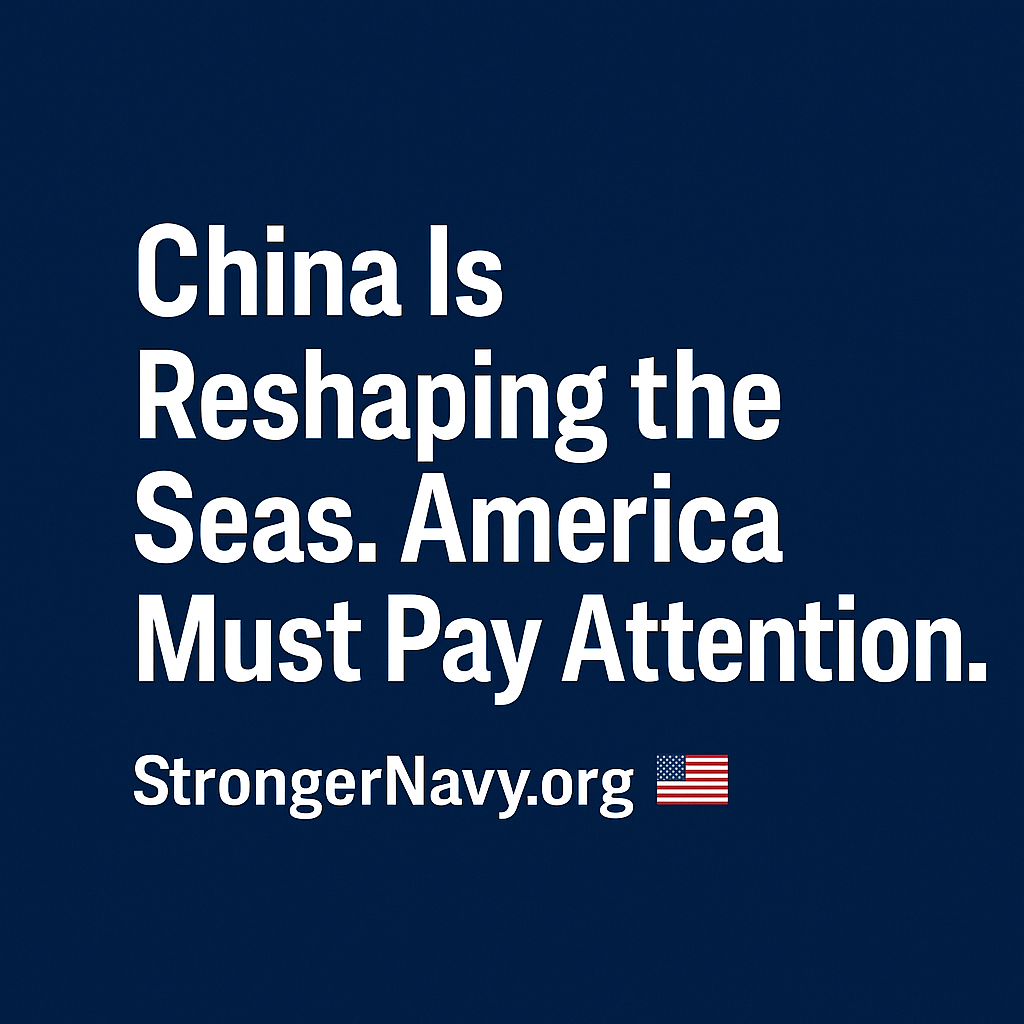
A Navy Intelligence Officer Was Fired for Telling the Truth. Now We’re Living His Warning.
In February 2014, Captain James Fanell, then the senior Intelligence Officer for the U.S. Pacific Fleet, gave a speech that would cost him his career. His crime? Warning that China was modernizing its navy at an alarming rate and preparing for what Beijing called a “short, sharp war.”
The Pentagon’s response was swift and chilling. Rather than heed his warning, they publicly rebuked him. An Office of the Secretary of Defense officer visited his secure facility with a direct order: stop giving speeches like that. The message was clear—don’t “provoke” China. Within months, Captain Fanell was fired.
Ten years later, his testimony before the House Committee on Oversight and Accountability reads like a prophetic indictment of three decades of strategic failure. And for Americans who care about naval power and national security, it should be required reading.
The Numbers Don’t Lie: We’re Losing the Naval Race
Here’s the reality Captain Fanell laid out in stark terms: In 2005, the U.S. Navy enjoyed a 76-warship advantage over China. By 2023, we faced a 39-combatant deficit. That’s a swing of 115 naval platforms in less than two decades—and the trend shows no sign of reversing for at least another decade.
The People’s Liberation Army Navy is now the largest in the world. But it’s not just about numbers. China has achieved qualitative parity, if not superiority, in critical areas. Their new Renhai-class cruisers pack 112 vertical launch tubes carrying supersonic anti-ship cruise missiles with ranges of 186 miles. Meanwhile, our carrier strike groups lack sufficient defenses against hypersonic weapons.
Captain Fanell’s assessment is blunt: “If there is conflict with the PRC, it will be on, over, and below the high seas, from Okinawa to Guam to Honolulu, all the way to the West Coast and into the U.S. homeland. This will be a conflict the likes of which the U.S. has not experienced since World War II.”
How Did We Get Here? The Anatomy of Strategic Failure
Captain Fanell identifies three catastrophic failures that brought us to this precipice:
1. Threat Deflation by the Intelligence Community
For decades, the U.S. intelligence community consistently underestimated China’s capabilities and intentions. Admiral Robert Willard noted in 2009 that China had “exceeded most of our intelligence estimates of their military capability and capacity every year.” This wasn’t occasional miscalculation—it was systematic error, always in the same direction: underestimating the threat.
The intelligence community failed its prime directive. As Commander Joseph Rochefort, the architect of America’s victory at Midway, famously said: an intelligence officer must tell his commander today what the enemy will do tomorrow. On China, our intelligence apparatus failed spectacularly.
2. Avarice Over Strategy
Business interests and financiers prioritized profits over national security. The promise of cheap labor and vast markets blinded American leaders to a fundamental strategic truth: every dollar China earned was partly spent building the military force that now threatens us.
As Captain Fanell notes: “From a strategic perspective, there is no ‘Goldilocks’ amount of safe trade in high tech with China. Indeed, the right amount is zero.”
3. A Flag Officer Corps That Failed to Sound the Alarm
Perhaps most damning is Captain Fanell’s assessment of Navy leadership. He contrasts today’s admirals with the principled officers of the Cold War—admirals like Arleigh Burke and Hyman Rickover, who fought relentlessly for the capabilities needed to counter the Soviet threat.
Where are today’s equivalents? For 20 years, not a single U.S. Navy admiral spoke out publicly against the dangerous trajectory of naval power shifting to China. Instead, they embraced “engagement at all costs,” hosting Chinese admirals on our carriers and submarines, while China used those very lessons to build a navy specifically designed to defeat us.
The culture became one of “going along to get along”—where career advancement trumped the oath to the Constitution.
The Scarborough Shoal Lesson: When Weakness Invites Aggression
Captain Fanell recounts a watershed moment that demonstrates the cost of our failures: the 2012 Scarborough Shoal incident. When China attempted to seize the shoal from the Philippines, the U.S. brokered an agreement for both sides to withdraw. The Philippines complied. China did not.
The U.S. response? Nothing. We failed to back our treaty ally, and China seized sovereign territory without firing a shot.
The lesson China learned was clear: America will not stand up to Chinese aggression. Within a year, under the leadership of then-Vice President Xi Jinping, China began building seven militarized artificial islands in the South China Sea—three of them the size and capacity of Pearl Harbor. Today, they’re fully militarized despite Xi’s 2014 assurances to President Obama that they wouldn’t be.
What Must Be Done: Seven Urgent Recommendations
Captain Fanell doesn’t just diagnose the problem—he prescribes bold solutions:
- The National Security Community Must Admit Failure – Only by acknowledging how completely they missed the threat can we begin to fix the system.
- Restructure Decision-Making – Move CFIUS chairmanship from Treasury to Defense. Economic interests can no longer trump national security.
- Expect Resistance and Stay the Course – The “engagement” advocates will fight every reform. We must persist despite bureaucratic resistance.
- Act with Urgency – We don’t have years to correct course. China’s timeline for the “Great Rejuvenation” is measured in years, not decades.
- Create a “Team B” on China – Just as alternative analysis challenged benign assumptions about the Soviet Union in the 1970s, we need contrarian voices on China now.
- Study Chinese Military Doctrine – During the Cold War, we knew Soviet doctrine inside and out. We must achieve the same familiarity with PLA thinking and strategy.
- Target the CCP Directly – This requires political warfare, rolling back Chinese gains in the South China Sea, and making clear that the Chinese Communist Party is illegitimate.
A Navy Built for the Fight We Face
Americans for a Stronger Navy has long advocated for the fleet we need, not the fleet we can afford. Captain Fanell’s testimony reinforces this urgency.
We need:
- A crash naval building program reminiscent of the 1940 Naval Expansion Act
- Hypersonic weapon defenses for our carrier strike groups
- A distributed maritime architecture that can survive and fight in contested waters
- Forward-deployed forces capable of deterring Chinese aggression
But ships and weapons aren’t enough. We need leadership willing to speak hard truths, even when they’re politically inconvenient. We need admirals who will fight for the Navy our nation requires, not manage their careers toward comfortable retirements.
The Stakes: Freedom or Totalitarian Abyss
Captain Fanell frames this struggle in the starkest terms: “The Sino-American security competition is the great struggle of the 21st Century and promises to resolve the dispositive question of the age—whether the world will be free and protected by the U.S. or fall into a totalitarian abyss as sought by the PRC.”
This isn’t hyperbole. It’s the assessment of an intelligence officer who spent his career studying Chinese capabilities and intentions—and was punished for telling the truth.The Choice Before Us
We face the same reality as a patient diagnosed with cancer. We can follow the prescribed treatment—painful, expensive, and difficult though it may be—or we can ignore the diagnosis and hope for the best.
Captain Fanell’s testimony shows us that hope is not a strategy. Engagement failed. Wishful thinking about China’s “peaceful rise” failed. Prioritizing corporate profits over national security failed.
What remains is the hard work of rebuilding American naval power, restructuring our national security apparatus, and confronting—not engaging—the Chinese Communist Party’s bid for global hegemony.
The good news? America still possesses fundamental strengths: our Constitution, our tradition of individual liberty, our innovative spirit, and our alliances. These are more powerful and durable than the Chinese Communist Party’s coercion and control.
But these strengths won’t matter if we lack the naval power to defend them. And we won’t build that power unless we acknowledge how badly we’ve failed, learn from officers like Captain Fanell who tried to warn us, and commit to the urgent work of reclaiming maritime dominance.
A Call to Action
Americans for a Stronger Navy exists precisely for this moment. We need:
- Public Awareness: Share Captain Fanell’s testimony. Demand that political leaders address this threat honestly.
- Congressional Action: Pressure representatives to fund naval shipbuilding and reform the national security bureaucracy.
- Cultural Change: Celebrate officers who speak truth to power, even when that truth is uncomfortable.
- Strategic Seriousness: Reject engagement policies that strengthen our adversary.
Captain Fanell ends his testimony with optimism rooted in American exceptionalism. We should share that optimism—but only if it’s paired with urgent action.
The decade of concern is here. The question is whether we’ll rise to meet it.
Americans for a Stronger Navy advocates for robust maritime power as essential to American security and prosperity. Captain Fanell’s full testimony is available through the House Committee on Oversight and Accountability and deserves wide distribution among citizens, policymakers, and military professionals.


